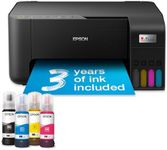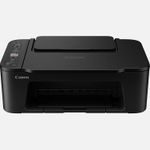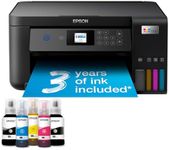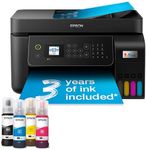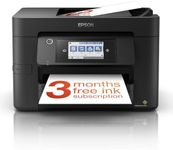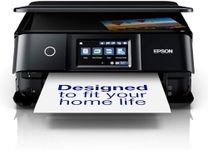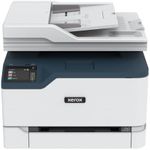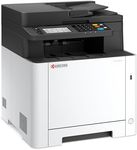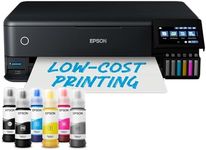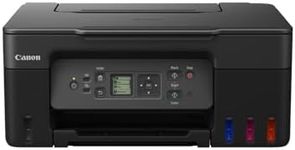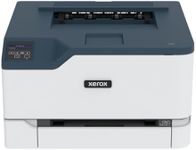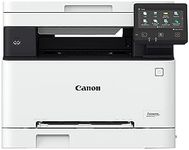Buying Guide for the Best Wireless Printers
Choosing the right wireless printer can greatly enhance your printing experience, offering convenience and flexibility. When selecting a wireless printer, consider your specific needs such as the type of documents you print, the frequency of use, and the space available in your home or office. Understanding the key specifications will help you make an informed decision that aligns with your requirements.Print TechnologyPrint technology refers to the method a printer uses to produce text and images on paper. The most common types are inkjet and laser. Inkjet printers are versatile and can handle a variety of media types, making them ideal for printing photos and color documents. Laser printers, on the other hand, are known for their speed and efficiency, especially for high-volume black-and-white printing. If you print a lot of color documents or photos, an inkjet printer might be the best choice. For mostly text-based documents, a laser printer could be more suitable.
Connectivity OptionsConnectivity options determine how you can connect your devices to the printer. Wireless printers typically offer Wi-Fi, Bluetooth, and sometimes NFC connectivity. Wi-Fi allows you to print from any device connected to the same network, while Bluetooth is useful for direct connections from nearby devices. NFC can simplify the process by enabling quick connections with compatible devices. Consider your environment and how you prefer to connect your devices. If you have multiple devices or a shared network, Wi-Fi is essential. For quick, direct printing from a smartphone, Bluetooth or NFC might be beneficial.
Print SpeedPrint speed is measured in pages per minute (PPM) and indicates how fast a printer can produce documents. This is important if you need to print large volumes quickly. Printers with higher PPM are more efficient for busy environments. Print speed can vary significantly between models, with laser printers generally offering faster speeds than inkjet printers. If you frequently print large documents or need quick turnaround times, look for a printer with a higher PPM. For occasional printing, speed may be less critical.
Print QualityPrint quality refers to the clarity and detail of the printed output, often measured in dots per inch (DPI). Higher DPI values generally mean better print quality, which is crucial for printing detailed images or professional documents. Inkjet printers typically offer higher DPI for color and photo printing, while laser printers provide sharp text quality. If your primary need is high-quality photo printing, focus on printers with higher DPI. For text documents, a lower DPI may suffice, especially with laser printers.
Paper HandlingPaper handling capabilities include the types and sizes of paper a printer can accommodate, as well as the capacity of its paper tray. This is important for ensuring the printer can handle your specific printing needs, such as envelopes, labels, or larger paper sizes. Consider the types of documents you print regularly. If you need to print on various media types or sizes, look for a printer with versatile paper handling options. For standard document printing, a basic paper tray capacity may be sufficient.
Additional FeaturesAdditional features can enhance the functionality of a wireless printer, such as duplex printing, scanning, copying, and faxing capabilities. Duplex printing allows for automatic double-sided printing, saving paper and time. Multifunction printers offer scanning, copying, and faxing, which can be useful for office environments. Consider what additional tasks you might need your printer to perform. If you require more than just printing, a multifunction printer with these features could be a valuable addition.
